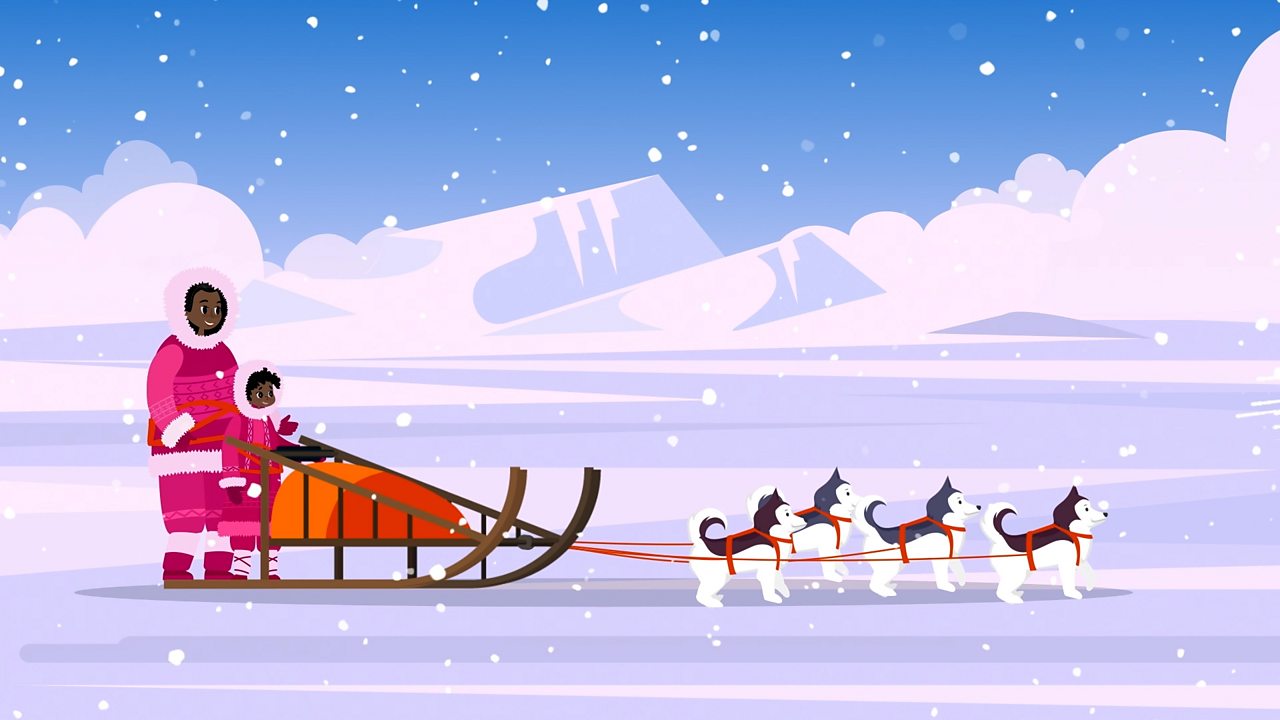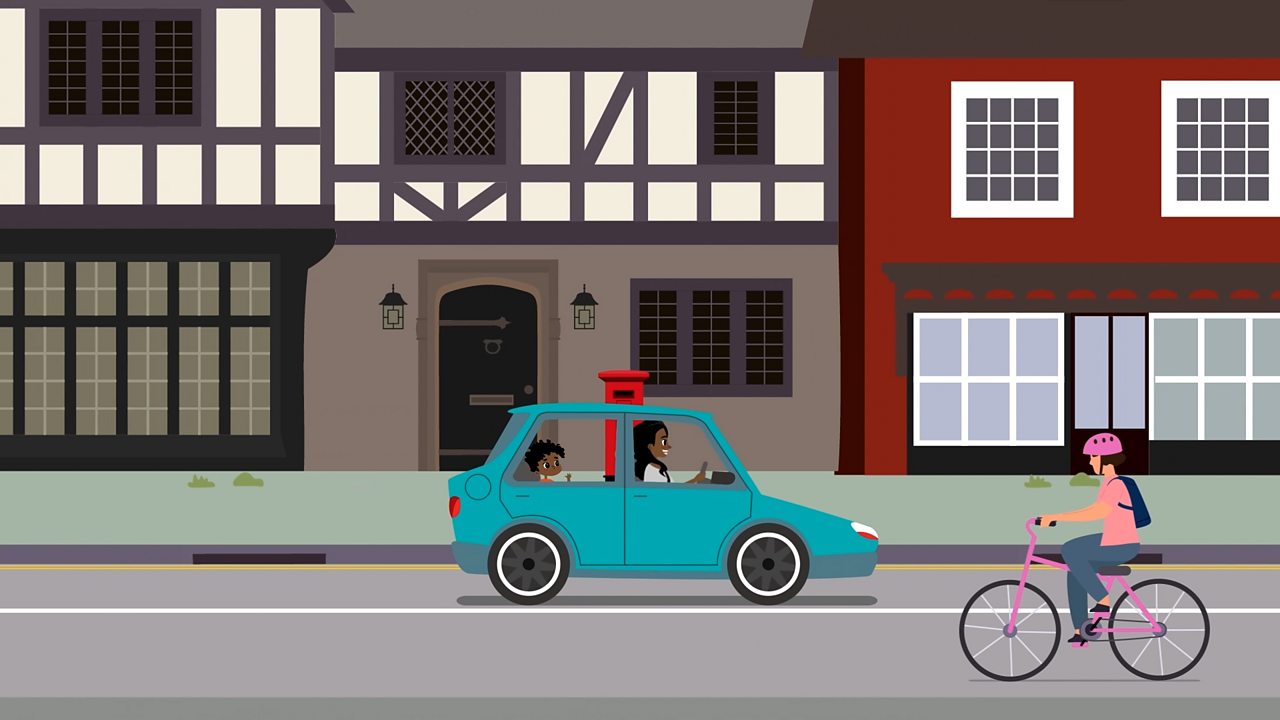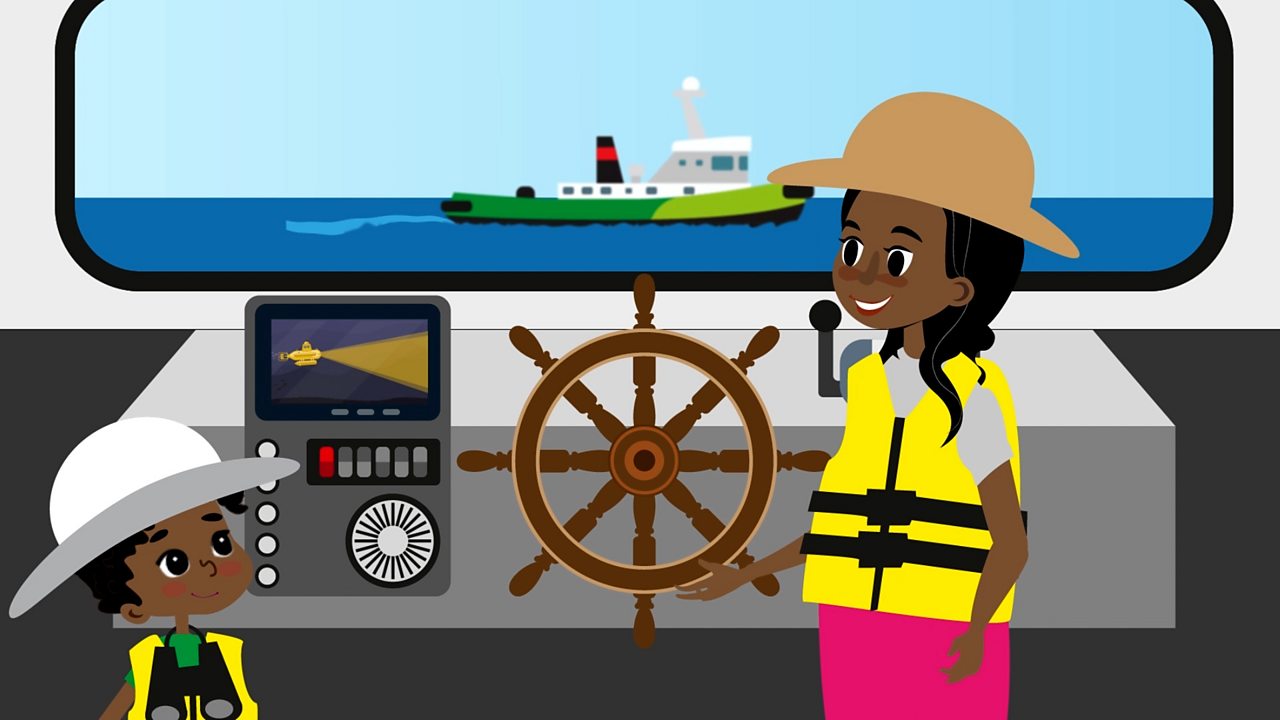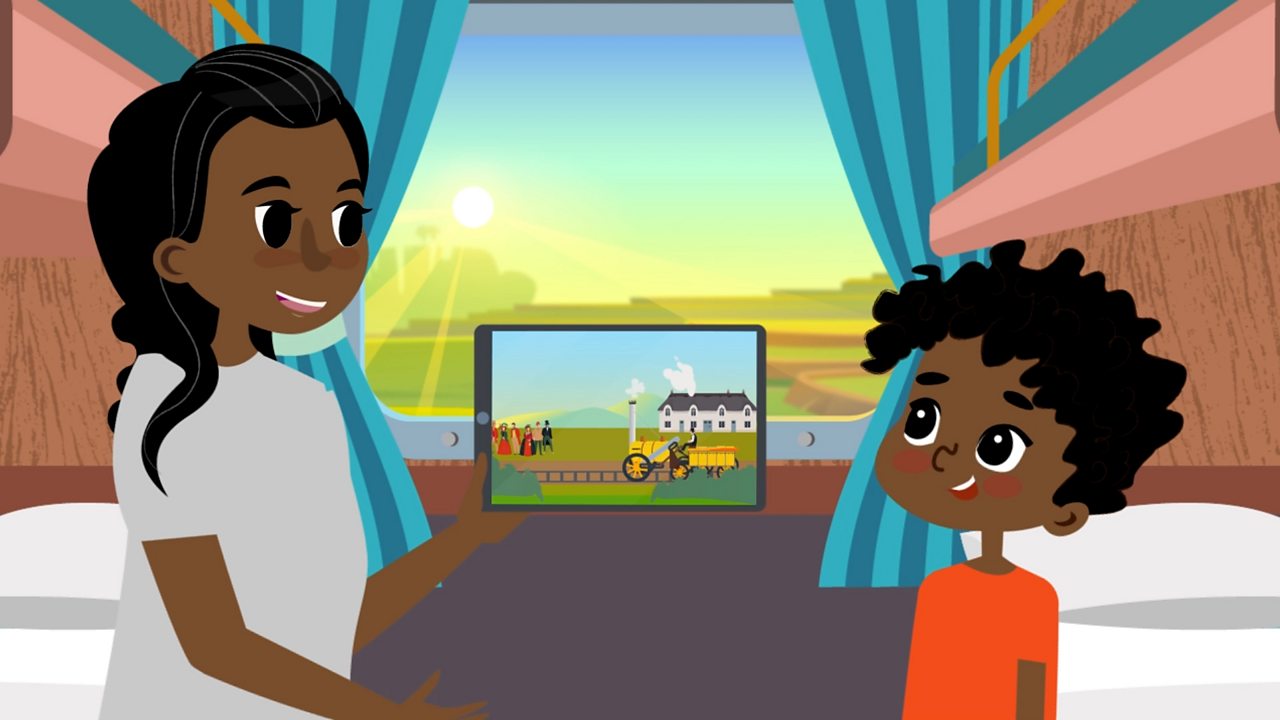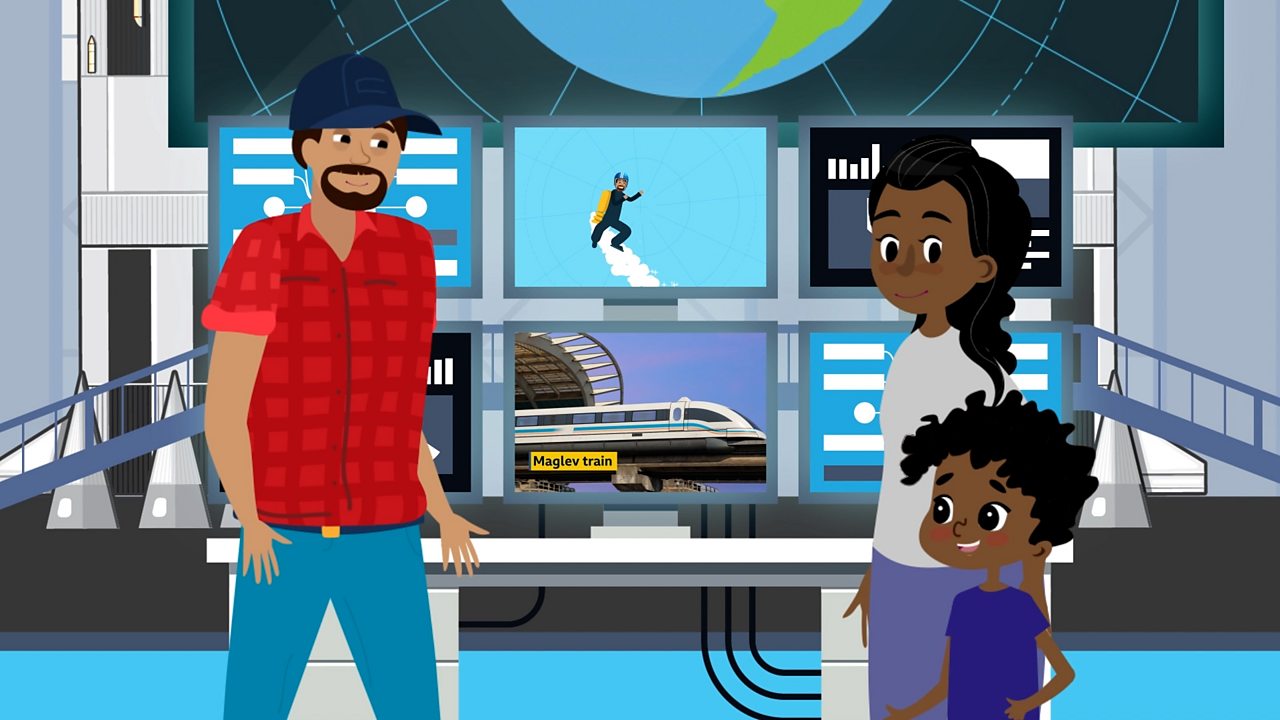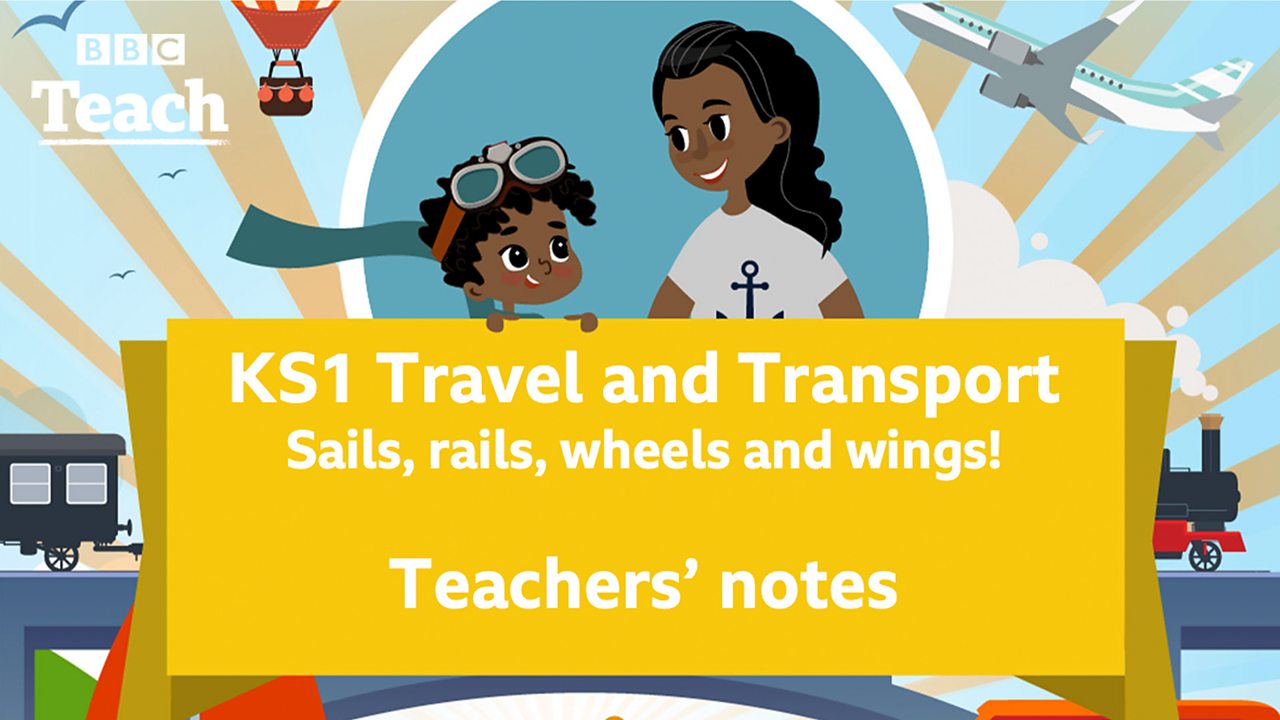KS1 Topics: Travel and transport
This cross-curricular collection of videos on the topic Travel and transport follows 8-year-old Rian and his Aunt Maya on a journey around the world.
In each episode they explore a different mode of transport including animals, wheeled vehicles, boats, trains, flying machines and possible future modes of transport.
Travel and transport: 'Sails, rails, wheels and wings!'
This cross-curricular collection of videos allows KS1 / 1st Level pupils to learn about different modes of transport and why they are used and to see how transport and travelling have changed over the years.
The videos also introduce some key geographical skills - such as using maps and a compass - and feature the stories of some lesser-known adventurers from diverse backgrounds, including Jeanne Baret, the first woman to circumnavigate the world; African American explorer Matthew Henson, who may have been the first person to reach the North Pole; and Annie Londonderry, the first woman to cycle round the world.
The journey begins in the North Pole and ends in Australia, as Maya and Rian are setting off for the South Pole. On their journey the information they consider falls into the following curriculum areas for KS1 / 1st Level:
- Geography: the four points of a compass and how to find out which direction you are travelling; the four nations of the UK; maps of various parts of the world.
- History: comparing early cars and bicycles to modern cars and bicycles; well-known types of boat from history such as Viking longboats, Egyptian reed boats and European galleons; the history of flight; the invention of the steam train, the expansion of railways in the UK and the contribution of George and Robert Stephenson.
- PSHE: how seatbelts and helmets can keep us safe; what speed limits are and why we have them.
- Science: how electric cars work using a battery; how a steam engine works.
